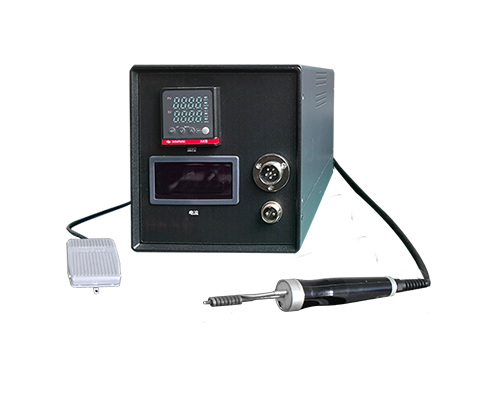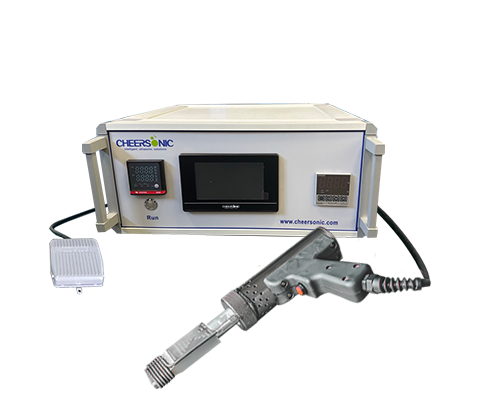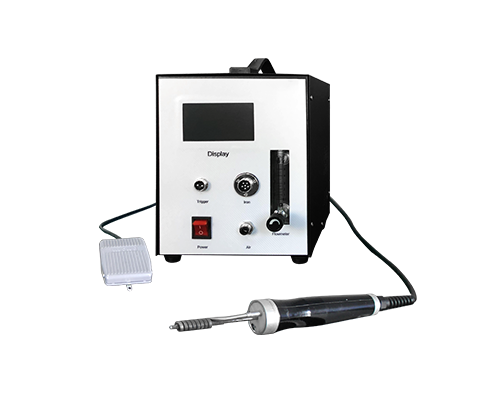In the delicate structure of flexible printed circuit boards, metal contacts, despite their tiny size, play a crucial role as "nerve endings," serving as the core hub for circuit continuity, signal transmission, and device connectivity. From consumer electronics to industrial equipment, these invisible metal nodes underpin the continuous evolution of flexible electronics technology.
The foundation of metal contact performance begins with scientific material selection. Copper, as a fundamental conductive material, serves as the contact substrate due to its excellent conductivity. However, pure copper is susceptible to oxidation and lacks wear resistance, necessitating a plating process to optimize performance. Nickel is often used as an intermediate transition layer, strengthening the bond with the copper substrate while also providing a barrier against atmospheric corrosion, laying the foundation for surface protection. Gold plating is the preferred choice for high-end contacts. Its conductivity is minimally affected by temperature, maintaining stable resistance even when the flexible circuit board is frequently bent and heated, and its resistance to oxidation and wear is extremely strong, maintaining good contact even after tens of thousands of insertions, removals, and pressure cycles. In specialized scenarios, silver-plated contacts can improve high-frequency signal transmission efficiency, while tin-plated contacts facilitate subsequent soldering. Different plating combinations precisely match diverse needs.

Precision manufacturing processes are key to ensuring contact reliability. Contact processing requires rigorous pre-treatment. Chemical cleaning and micro-etching techniques remove surface oils and oxides, creating a rough interface to enhance plating adhesion. The electroplating deposition stage requires precise parameter control. For example, in the electroless nickel-gold plating process, the nickel layer thickness is typically controlled at 5-8 microns, while the gold layer only requires 0.05-0.1 microns, achieving performance targets while controlling costs. Post-processing cleaning and drying thoroughly remove residual chemicals to prevent corrosion risks. Hundred-grid testing and scanning electron microscopy are then used to ensure that the plating is free of peeling and cracking.
The design and performance of metal contacts directly determine the quality of equipment operation. In foldable phones, hinge contacts must withstand hundreds of thousands of flex cycles, requiring the coating's ductility to align with the flexible substrate to prevent cracking and signal interruption. Contacts in new energy vehicle battery management systems must remain stable despite temperature fluctuations ranging from -40°C to 150°C, using high-temperature-resistant coatings and locking structures to prevent connection failure. For high-frequency applications like 5G devices, the contacts' low impedance reduces signal attenuation and ensures 10Gbps-level data transmission efficiency.
As electronic devices advance towards miniaturization and high reliability, metal contacts are evolving towards ultra-miniaturization and high density. Contact designs with a pitch of less than 0.2mm are becoming increasingly common. Combined with environmentally friendly electroplating processes and new alloy materials, they meet environmental standards such as RoHS while also exceeding the limitations of extreme environments. These tiny metal nodes, with their precise performance adaptation, are supporting innovative breakthroughs in flexible electronics across a wide range of fields.





